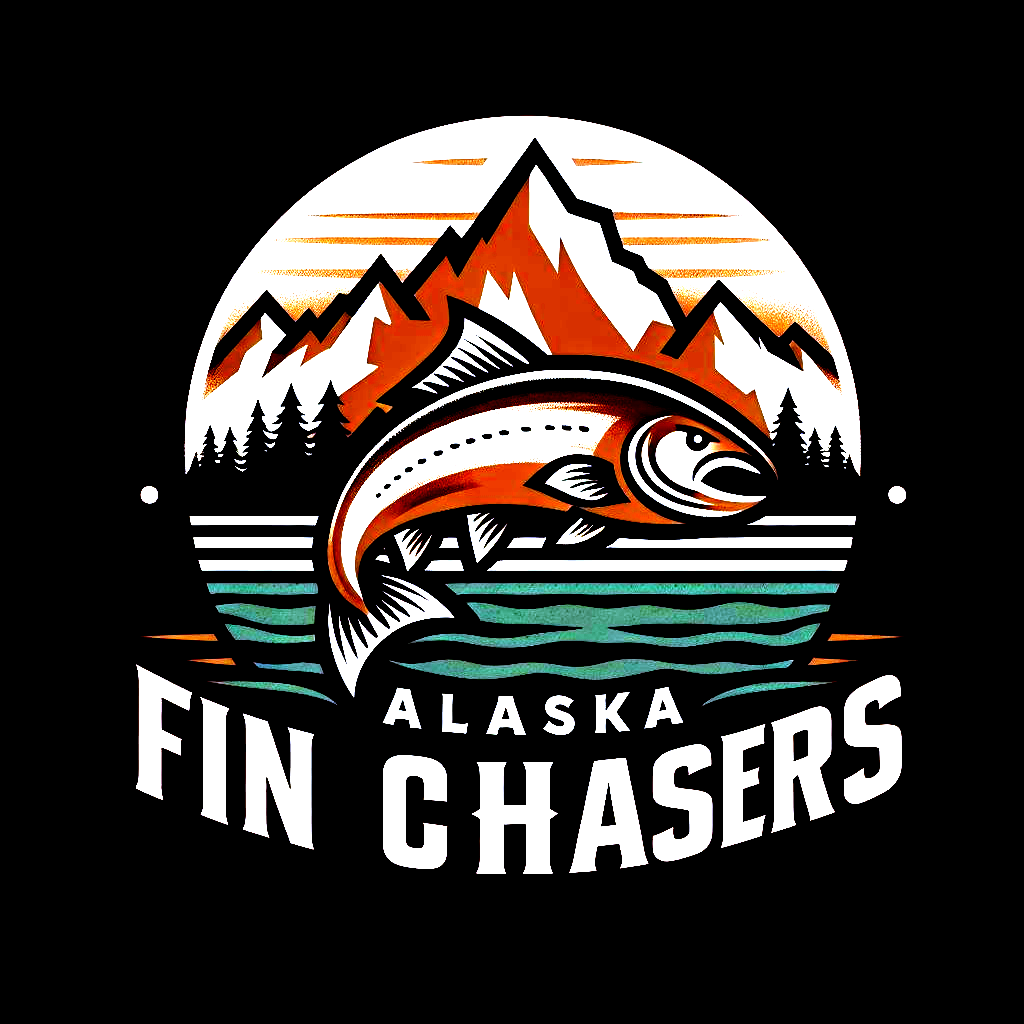
When you think of the animals of Alaska, Bears always come to mind. The Kenai Peninsula is home to one of the most robust and dynamic ecosystems in North America, where bears and fish share an intricate and crucial relationship. Brown and black bears are more than just iconic Alaskan wildlife; they play a vital role in maintaining healthy fish populations and supporting the overall ecosystem. Understanding how bears influence fish populations can deepen our appreciation for the natural balance of Alaska’s wilderness.
Bears as Natural Fish Predators
Bears are apex predators that rely heavily on salmon runs for sustenance, particularly in late summer and early fall. Their feeding habits help regulate fish populations by targeting weaker or dying salmon, allowing the strongest individuals to reproduce and pass on their genes. This natural selection helps maintain fish populations’ overall health and genetic diversity.

Nutrient Cycling: How Bears Feed the Forest
Nutrient cycling is one of the most significant ways bears impact fish populations. After catching salmon, bears often carry them away from the riverbanks and into the surrounding forest. Here’s how this benefits the ecosystem:
- Decomposing salmon provides essential soil nutrients, promoting healthier vegetation growth.
- Trees and plants along rivers grow stronger, preventing erosion and providing shade that keeps rivers cool for fish.
- Other animals, such as eagles and foxes, scavenge on bear leftovers, ensuring that no part of the fish goes to waste.
Bear Activity Helps Fish Migrations
As bears chase and catch fish, their movements create disturbances in the water. These disturbances can inadvertently benefit fish populations by:
- Stirring up riverbeds helps aerate fish eggs and improve spawning conditions.
- Keeping streams clear of weaker fish, reducing competition for resources.
- Altering the river’s flow can create new pockets of calmer water where young fish can thrive.
Protecting the Balance: Conservation Efforts
The relationship between bears and fish is delicate, and human activities can disrupt this balance. Conservation efforts on the Kenai Peninsula focus on:
- Protecting salmon habitats from overfishing and pollution to ensure bears have enough food.
- Maintaining bear populations by reducing human-bear conflicts through responsible waste management, which includes proper disposal of food waste and other bear attractants and habitat conservation.
- Monitoring fish runs to ensure sustainable populations for both wildlife and fishing industries.
There is a reason the Bear is woven into the fabric of Alaska. Bears are crucial stewards of Alaska’s rivers and forests. By maintaining healthy fish populations, redistributing nutrients, and influencing river ecosystems, they help sustain the natural beauty and biodiversity of the Kenai Peninsula. Without them, the fishers we love wouldn’t be as abundant, and we wouldn’t have the fantastic opportunities we do when we head out on the water with our fly rods.
